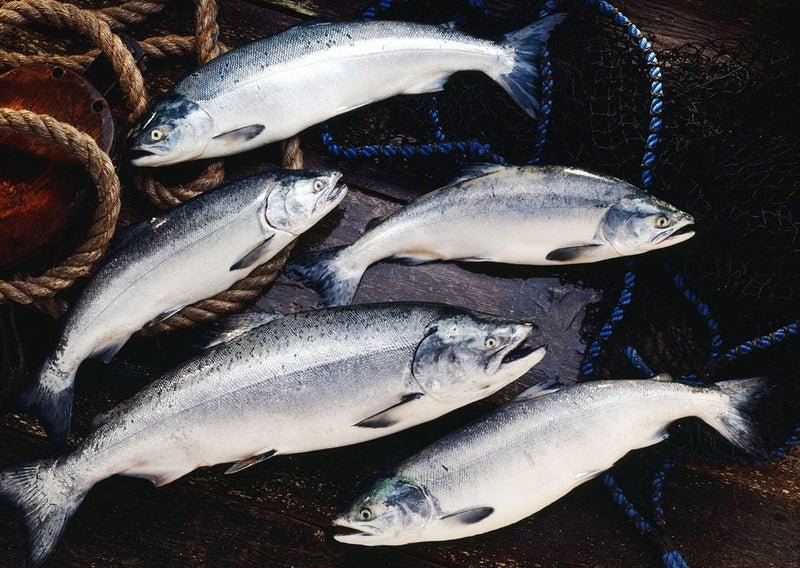The salmon fly. Just the name conjures images of vibrant colors, meticulous craftsmanship, and a deep connection to the history of fly fishing. But what if we told you that these stunning flies started out as something much simpler? The salmon fly has undergone a remarkable evolution, transforming from a basic lure into a prized work of art. So, grab your metaphorical fishing rod and dive into the fascinating history of this iconic fly!

The Early Days of the Salmon Fly
The early days of the salmon fly were all about practicality. Fly fishermen in the 18th and early 19th centuries weren’t concerned with aesthetics; their main goal was to catch fish. The first salmon flies were likely crude imitations of insects or baitfish, made with readily available materials like wool and feathers.
There are even accounts of anglers using things like butterflies or grasshoppers as bait! These early flies were undoubtedly effective, but they lacked the artistry and sophistication that we associate with salmon flies today.
Remember: The early days of the salmon fly were focused on functionality over fancy frills. These early patterns laid the foundation for the innovative and beautiful flies that would come later.
The Rise of the Classic Salmon Fly
The mid-19th century marked a turning point for the salmon fly. As fly fishing gained popularity among the wealthy and leisure class, aesthetics became more important. Fly tiers began to experiment with a wider variety of materials, including exotic feathers from birds like macaws and toucans.
This era saw the rise of the classic salmon fly, known for its vibrant colors, intricate featherwork, and impressive size. These flies were often works of art, with tiers taking immense pride in their craftsmanship. Some famous salmon fly patterns from this period include the “Silver Doctor” and the “Green Highlander,” which are still popular choices among salmon anglers today.
Remember: The mid-19th century saw a dramatic shift in salmon fly design. Functionality remained important, but aesthetics became a major focus, leading to the creation of the classic and beautiful salmon flies we know today.
Modern Materials, Modern Techniques: The Salmon Fly Today
The salmon fly continues to evolve in the modern era. While classic patterns are still cherished, fly tiers are constantly innovating with new materials and techniques. Synthetic materials like dubbing and UV-treated threads offer realistic imitations and increased durability. Advanced tying techniques like sculpting with epoxy allow for even more lifelike fly bodies and features.
Salmon flies today come in a wider variety than ever before, catering to different salmon species, water conditions, and fishing styles. There are even specialized salmon flies designed for specific rivers or fisheries. Despite the advancements, the core purpose of the salmon fly remains the same: to entice a majestic salmon to take a strike.
Remember: Modern salmon flies are a testament to continuous innovation. Fly tiers are using new materials and techniques to create even more effective and beautiful flies, while still honoring the traditions of the past.
Conclusion
The salmon fly has come a long way from its humble beginnings. It’s a fascinating journey that reflects the evolution of fly fishing itself. From practical lures to works of art, the salmon fly continues to captivate anglers and inspire fly tiers. So, the next time you see a salmon fly, take a moment to appreciate the history, artistry, and ingenuity that went into its creation. And who knows, maybe it will even lure you to try your hand at fly fishing for the magnificent salmon!




